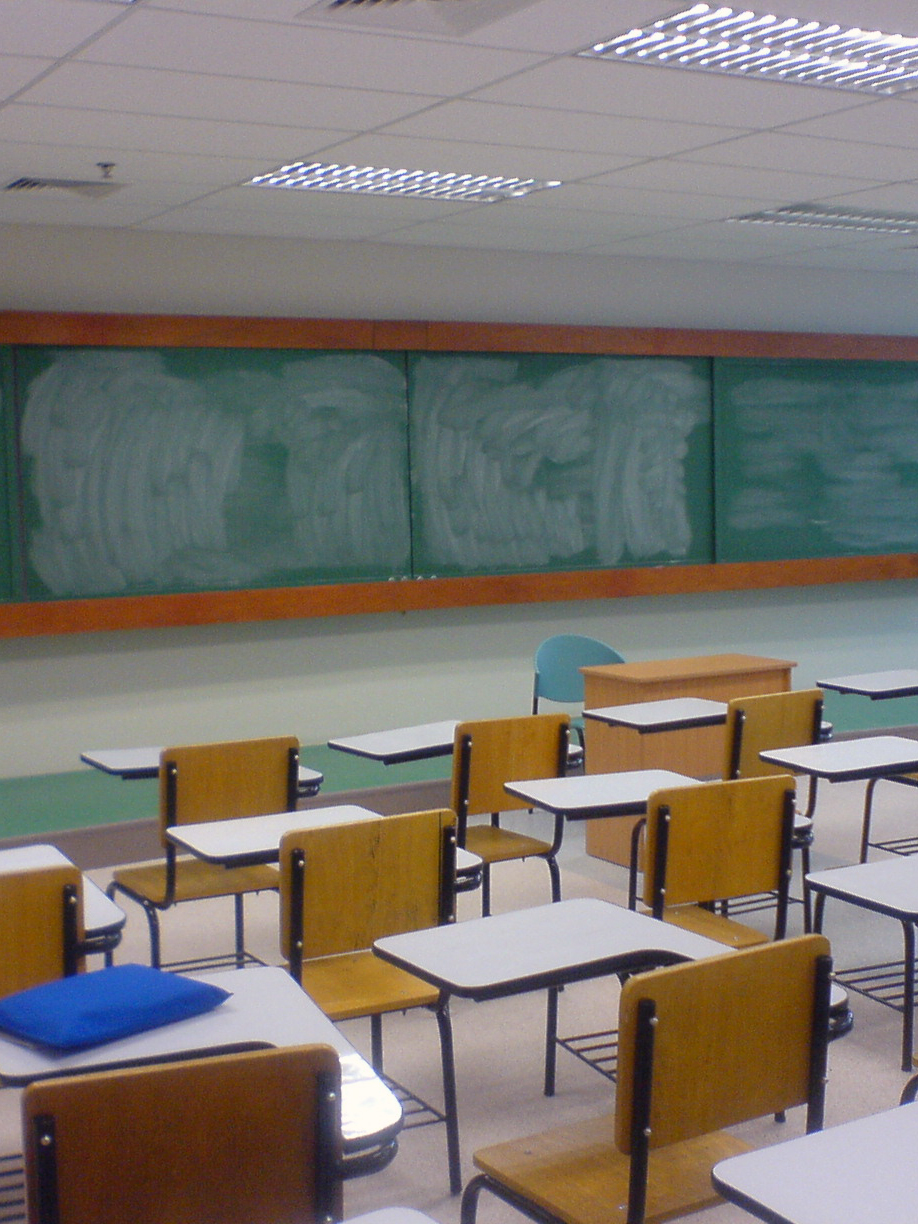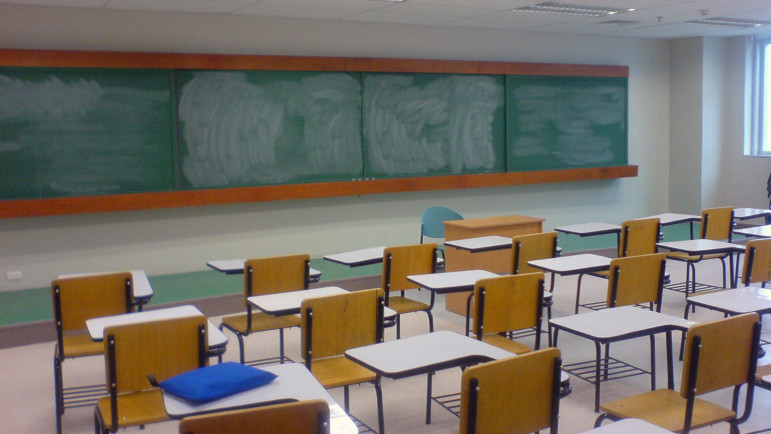Two families in Connecticut are suing the state over the quality of education given to students who are expelled from public schools.
The lawsuit alleges that expelled students receive an inferior education, in violation of the state’s constitutional guarantee of an adequate education and their right to equal protection under state and federal law.
The two anonymous student plaintiffs in the case struggled to access complete and challenging curriculums during their expulsions from middle school, according to the lawsuit.
In one case, a student spent fewer than three hours per day in a school setting, struggled to get assignments from her home school and received no grades for the work she completed in an alternative program. The experience “deeply discouraged her and made her feel hopeless about the future,” said the lawsuit.
“Students should not be put in a situation where at the end of their expulsion graduation seems impossible or their goals beyond high school seem impossible,” said Marisa Halm, an attorney and director of the TeamChild Juvenile Justice Project at the Center for Children’s Advocacy in Connecticut.
The center filed the lawsuit in December along with the National Center for Youth Law in California, and the law firm K&L Gates.
Halm said the lawsuit is the only one she’s aware of nationally that tackles the question of educational quality for expelled students.
Students who are expelled are at greater risk than their peers of coming in contact with the juvenile justice system or not earning a high school diploma, potentially leading to more problems as they grow up — for both an individual child and society, Halm added.
The lawsuit said Connecticut should set clear, adequate standards for education during expulsion to avoid a repeat of the plaintiff’s experience. About 1,000 students are expelled from the state’s schools each year, according to the lawsuit.
[Related: Relationships Are Key to Keeping Kids in School, Report Says]
Hannah Benton Eidsath, a staff attorney at the National Center for Youth Law, said if the lawsuit is successful, Connecticut could become an example for other states of how to reform education for students who are expelled.
“A lot of states need models to make sure students are getting the education they deserve,” she said.
Nationally, about 130,000 students were expelled from public schools during the 2011-12 academic year, according to federal data.
The lawsuit also said that because black students are disproportionately expelled from public schools in Connecticut, they also are disproportionately deprived of their educational rights. During the 2013-14 academic year, black students made up 13 percent of the state enrollment but accounted for 31 percent of expulsions, according to state data cited in the lawsuit.
The lawsuit names Gov. Dannel P. Malloy, as well as officials from the state Department of Education and Board of Education and the superintendents in three school systems: Hartford, Manchester and Bloomfield.
A spokeswoman for the state Office of the Attorney General said officials are reviewing the lawsuit and will respond in court.
The state Department of Education referred questions about the lawsuit to the attorney general but released a statement that said suspensions and expulsions in the state are declining.
“The decline in suspensions and expulsions is a testament to the work being done to address the problem by engaging partners, identifying best practices in behavioral management, and providing training on family engagement, mental health referrals, de-escalating confrontation and restorative justice,” the department said in their statement.
The statement added that more work remains to be done, including partnerships that try to engage students in school and divert them from the juvenile justice system.
Connecticut often implements juvenile justice reforms ahead of other states. In 2015, Malloy made headlines with his proposal to consider raising the age for juvenile jurisdiction reform through age 20 and close a youth detention facility where abuses have been documented.
Halm said there may be a difference between broad discussions about children and teenagers that happen at the state level and how policy is made and budgets are allocated at the local level. Money for programming for expelled students that can help keep them out of further trouble may be competing with many other priorities.
“I feel like there’s somewhat of a disconnect. The state, constitutionally, has the responsibility for providing an education, but then that responsibility is delegated to the individual school district,” she said.
Initial motions in the case are scheduled to begin this week, but no date has been set for a judge to hear the substance of the lawsuit.
More related articles:
Advocates Offer Solutions for Kids at Crossroads of School, Justice System
Restorative Justice Can Help Stop the School-to-Prison Pipeline, NY Panel Says





























